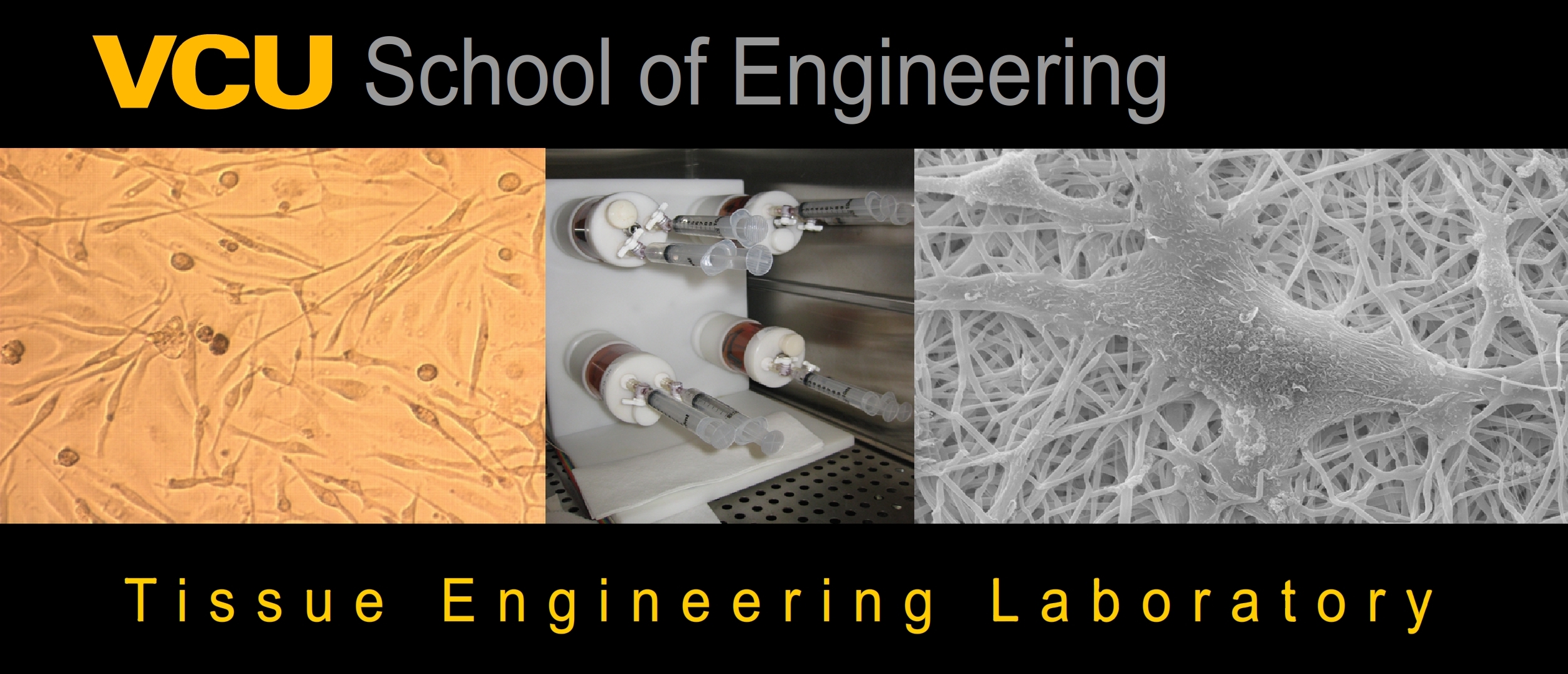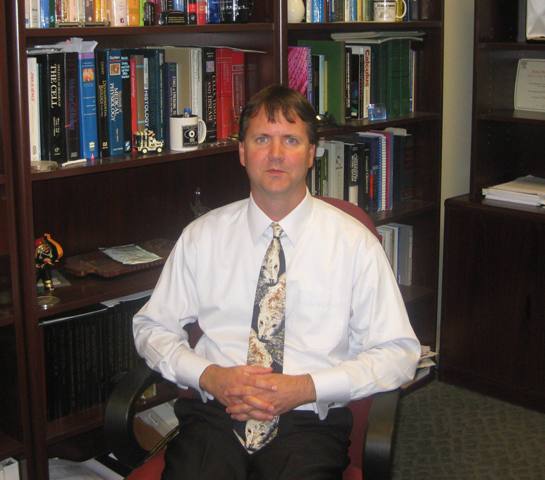
Tissue Engineering, or regenerative medicine, is an multidisciplinary field that incorporates principles and innovations from engineering, biology, medicine and life sciences for the enhancement, restoration or replacement of tissue/organ function. This field basically combines cells and scaffold (artificial extracellular matrix) in the design and fabrication of neo-tissues/organs. This generic concept is based on the fact that every tissue or organ in the human body is composed of functional and support cells contained within an extracellular matrix (ECM) to form a microenvironment. Therefore, our body functions like a bioreactor in which the cells and ECM microenvironment are constantly exposed to the biomechanical and biochemical cues.
The Tissue Engineering Laboratory at Virginia Commonwealth University's Biomedical Engineering department is comprised of a multidisciplinary team of scientists working toward the goal of developing an “ideal” tissue-engineering scaffold. Biocompatibility, mechanical stability and bioresorption/degradation are the defining assets of an “ideal” scaffold, yet this combination has continually eluded researchers. Electrospinning is proving to be able to overcome many of the historic limitations due in particular to the ability to produce fibrous scaffolds that can mimic the composition and architecture (fiber size and orientation) of the native ECM.
Our laboratory has demonstrated that nano to micro scale fibrous scaffolds can be reproducibly electrospun from biopolymers including collagen types I, II, III and IV, elastin, fibrinogen, gelatin, hemoglobin and myoglobin.
Synthetic polymers successfully electrospun include poly (glycolic acid), poly (lactic acid), polydioxanone and polycaprolactone.
In addition, mixing solutions of these synthetic and natural polymers is possible to develop novel biomedical textiles, tissue engineering scaffolds, vascular grafts, wound dressings, and hemostatic bandages.
Preliminary cellular/tissue interaction experiments have shown very promising results which are predominately dependent on the electrospun scaffold’s composition and fiber diameter.

Dr. Gary L. Bowlin, Director